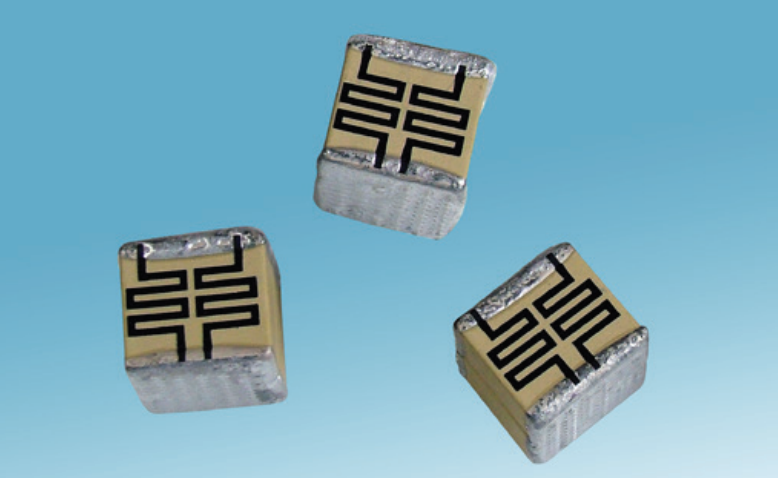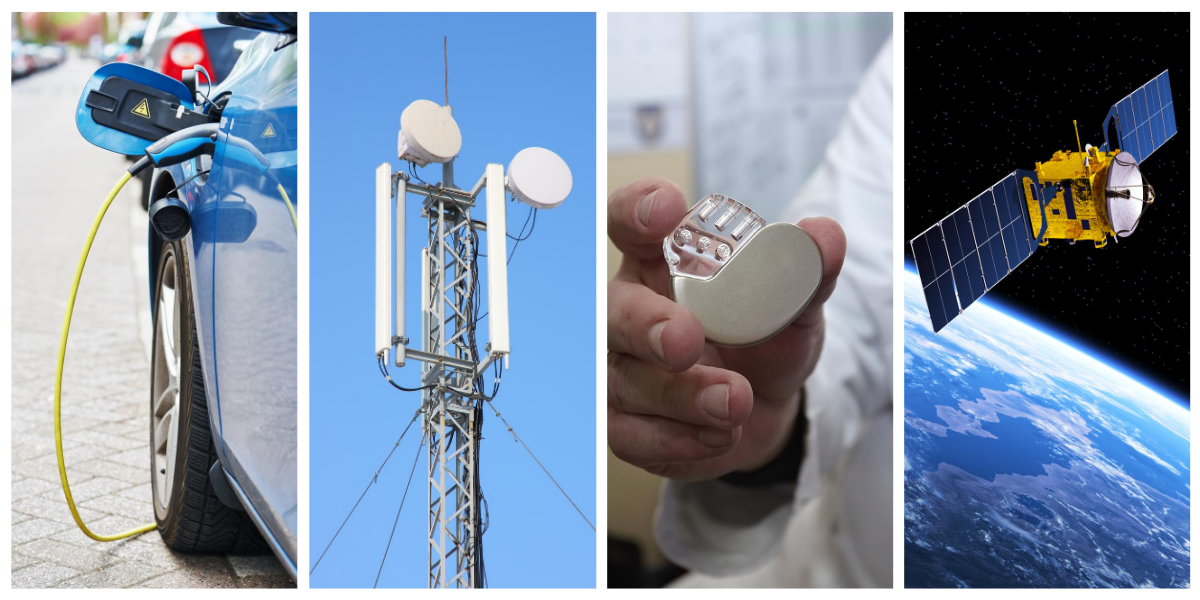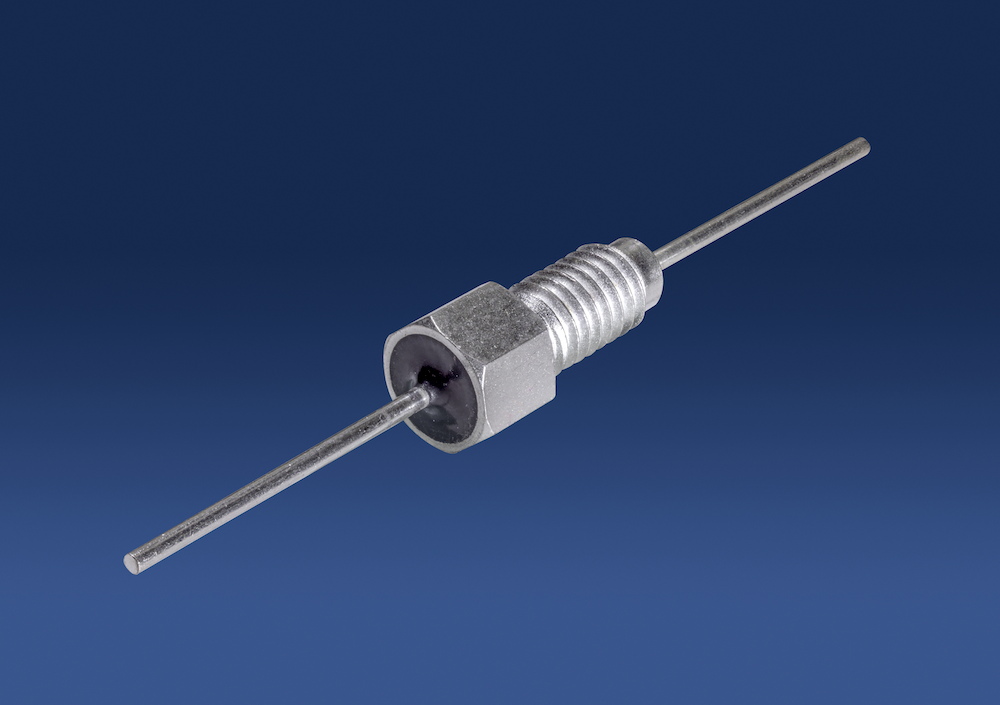As early adopters of beamforming technology in the 1960s, aerospace and defense organizations have a lot of experience using the initial large-scale active electronically scanned arrays (AESAs) for military radar tracking applications. But these arrays aren’t as convenient for some applications today as the operational frequencies of the targets of interest for many military applications are increasing. This means the wavelengths of the signals that need to be monitored are getting shorter and these radar applications need denser arrays since antenna spacing needs to be set at one half the wavelength. For example, at 25GHz, the wavelength in free space is approximately 12mm (0.47”), leading to half-wave spacing for antennas of 6mm (0.24”). Also, as arrays become denser, the new challenge for RF system designers is avoiding interference in these tighter spaces, especially when transmitting signals.
Fully Digital Beamforming – An Excellent Option for Emerging Military Applications
Topics: Military and Aerospace, Filtering
Webinar: Addressing Filtering Challenges in Digital Broadband Receivers for Electronic Warfare Applications
Today, electronic warfare applications need to detect a wide variety of signals ranging from UHF communications to GPS and other data signals in the L band to high-frequency radar signals that can fall in the X, S, or K bands. Therefore, these receivers need to operate across an extremely wide range of bandwidths to pick up and understand signals anywhere from 300MHz to 20GHz and beyond. However, a basic general wideband antenna isn’t sufficient for these applications because selectivity is needed to determine what you are actually listening to. Additionally, as if the task of designing an ultra-wideband receiver with selectivity wasn’t challenging enough, RF designers are simultaneously facing pressure to reduce the size, weight, and power (SWaP) of these applications as well.
Topics: RF and Microwave, Military and Aerospace, Filtering
Explosives are dangerous by design. For applications involving detonation, like munition and down-hole exploration, explosives should be built to avoid unintentional or premature detonation caused by any rise in temperature or shock. These applications require a number of specialty components including capacitors that discharge high energy at temperatures up to 200°C.
Topics: Military and Aerospace
As the RF spectrum becomes more crowded and the number of bandwidth battles grows each year, RF designers are looking for innovative designs that minimize interference while also increasing signal transmission power. Since phased arrays can efficiently maximize gain and signal directivity and minimize interference for both Tx and Rx, adoption of this architecture by RF designers is growing. This means RF designers are also on a quest for phased array filtering options that can help meet the size, weight, and power (SWaP) needs and performance demands required by today’s RF applications. As a result, our engineers have spent a significant amount of time working on an innovative approach that can meet this seemingly impossible combination of requirements.
Topics: 5G, RF and Microwave, Military and Aerospace, Filtering
The Future of Satellite Communication Design: Four RF Technology Trends You Need to Know
Over the last four decades, the number of devices that need to maintain mission-critical satellite communications (satcom) has rapidly grown. At the same time, the information transmitted on these devices has become increasingly more complex. As a result, the RF circuit building blocks that make up satcom technology have been through many changes to accommodate the latest advancements in the industry including miniaturization, increased reliability, and the ability to rapidly transmit more complex data.
Let’s explore the following four RF design trends we’ve identified based on our 40-years of expertise in the RF industry that are helping satcom design engineers meet the demands of the many industries relying on their devices today.
Topics: RF and Microwave, Military and Aerospace
At Knowles Precision Devices, we purposely avoid commodity components. What we thrive on is doing the hard things. We handle the specialty components that go in systems that cannot fail and that operate at extremely high voltages, temperatures, or frequencies. Do you have a complex technical challenge with hard-to-meet performance, size, or other requirements? Bring it to us. It’s what we do.
Topics: RF and Microwave, Military and Aerospace, Medical, Telecom, Electric Vehicles, High Reliability
High-Reliability Microwave Component Technology Enables Space Innovation
With more than 2,000 satellites currently orbiting the Earth, and that number expected to quintuple in the next 10 years, the demand for space-ready components is exponentially increasing (Figure 1). At the same time, the technology needed to control and transmit satellite data has changed from mechanically controlled parabolic or dish technology to active electronically steered arrays (AESAs).
Topics: RF and Microwave, Military and Aerospace, High Reliability
A Comprehensive Guide to Selecting the Right Capacitor for Your Specific Application Needs
At Knowles Precision Devices, our expertise in capacitor technology helps developers working on some of the world’s most demanding applications across the medical device, military and aerospace, telecommunications, and automotive industries.
Topics: Capacitor, Automotive, Military and Aerospace, Medical, Telecom
Clarifying MIL-STD-461 and EMI Filter Misconceptions
The US MIL-STD-461 specification manages electromagnetic interference emissions by setting limits on the levels that can be emitted from electrical equipment. This specification also sets regulation to control equipment susceptibility to external noise sources and establishes guidelines for properly measuring the relevant equipment features.
Topics: RF and Microwave, Military and Aerospace
How a $5 Capacitor Turned Into a $1 Billion Problem
In mission-critical applications, additional screening and testing is required to ensure that only the most robust parts make it to the finished product. Preventative measures, like high quality standards, lessen the possibility of failure in the field and minimize the likelihood of astronomical downstream costs.
Topics: Capacitor, News and Events, Military and Aerospace, High Reliability










